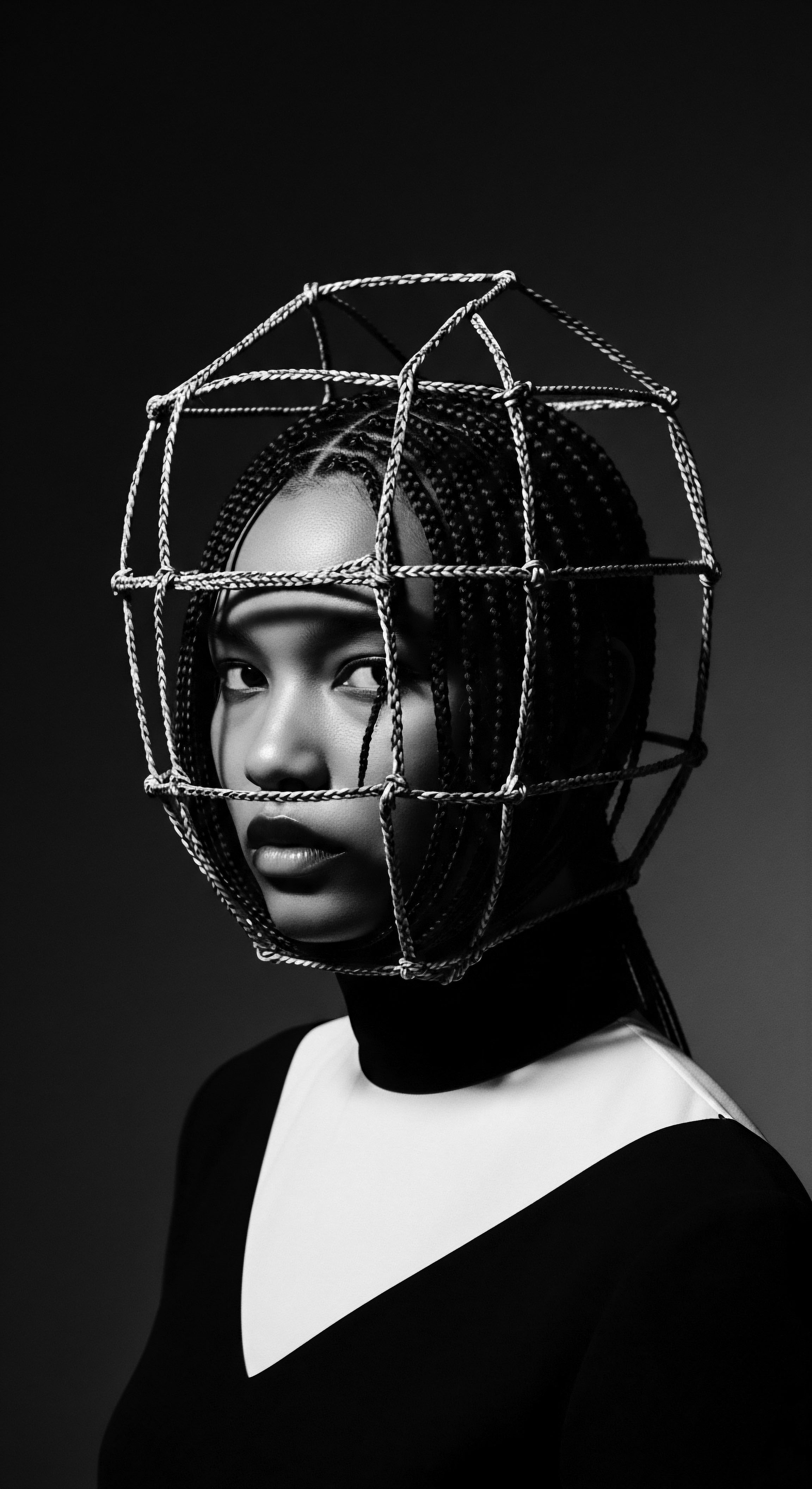
Did ancient plant dyes dry textured hair?
Ancient plant dyes rarely dried textured hair when integrated into ancestral holistic care regimens that balanced color with deep moisture.

Which plants color textured hair naturally?
Plants like henna, indigo, and black walnut offer rich, natural color to textured hair, connecting us to deep ancestral heritage and ancient beauty rituals.

Which natural ingredients provided lasting color for textured hair?
Ancestral practices harnessed plants like henna and indigo, their pigments bonding profoundly with textured hair through time-honored rituals.

What ancestral dyes colored textured hair?
Ancestral dyes for textured hair, rooted in plant and mineral sources, were deeply connected to cultural identity and protective heritage practices.

What historical role did plant-based dyes play in hair adornment?
Plant dyes profoundly shaped hair adornment, serving as identity markers and cultural statements within textured hair heritage.

How did ancient dyes color textured hair?
Ancient dyes colored textured hair through plant-based pigments like henna and indigo, applied in pastes that interacted with keratin, deeply connecting to cultural heritage and ancestral practices.

What historical plant dyes were used on textured hair across cultures?
Ancestral communities across the globe colored textured hair using plant extracts like henna, indigo, and annatto, blending artistry with protective heritage practices.

In what ways do historical hair coloring rituals persist in textured hair care?
Historical hair coloring rituals persist through natural ingredients, holistic approaches, and a heritage of self-expression in textured hair care.

What does natural hair color signify in textured hair heritage?
Natural hair color in textured hair signifies ancestral lineage, resilience, and a profound connection to identity within Black and mixed-race heritage.

What ancient plant-based methods colored textured hair?
Ancient plant methods colored textured hair using natural pigments that coated and conditioned strands, a practice deeply embedded in ancestral heritage and care rituals.

Can ancient plant dyeing techniques benefit modern textured hair routines?
Ancient plant dyeing techniques offer textured hair conditioning and gentle color, honoring ancestral care practices and heritage.

Why did textured hair communities use plant dyes?
Textured hair communities used plant dyes for rich color, ancestral connection, and the nourishing benefits that respected their unique hair heritage.

Indigo Uses
Meaning ❉ The comprehensive meaning of Indigo Uses reveals its historical application as a natural dye for textured hair, embodying ancestral practices.

Earth Pigment Dyeing
Meaning ❉ Earth Pigment Dyeing is the ancestral practice of coloring hair using natural minerals, connecting textured hair heritage to ancient traditions of adornment and care.

Indigo Hair Dye
Meaning ❉ Indigo Hair Dye is a natural, plant-derived pigment primarily from Indigofera plants, offering a deep blue color that coats textured hair while honoring ancestral traditions.

Plant-Based Hair Dyes
Meaning ❉ Plant-Based Hair Dyes are natural pigments derived from plants, honoring ancestral practices and offering gentle coloration and care for textured hair.

Natural Hair Color
Meaning ❉ The Natural Hair Color is the intrinsic, genetically determined hue of hair, a profound biological and cultural marker deeply tied to textured hair heritage.

Indigo Hair Use
Meaning ❉ Indigo Hair Use is the application of natural pigment from the Indigofera plant to hair, embodying ancestral heritage and holistic care for textured strands.

Plant-Based Dyes
Meaning ❉ Plant-Based Dyes are natural pigments derived from botanical sources, deeply rooted in ancestral practices for coloring and nourishing textured hair.

